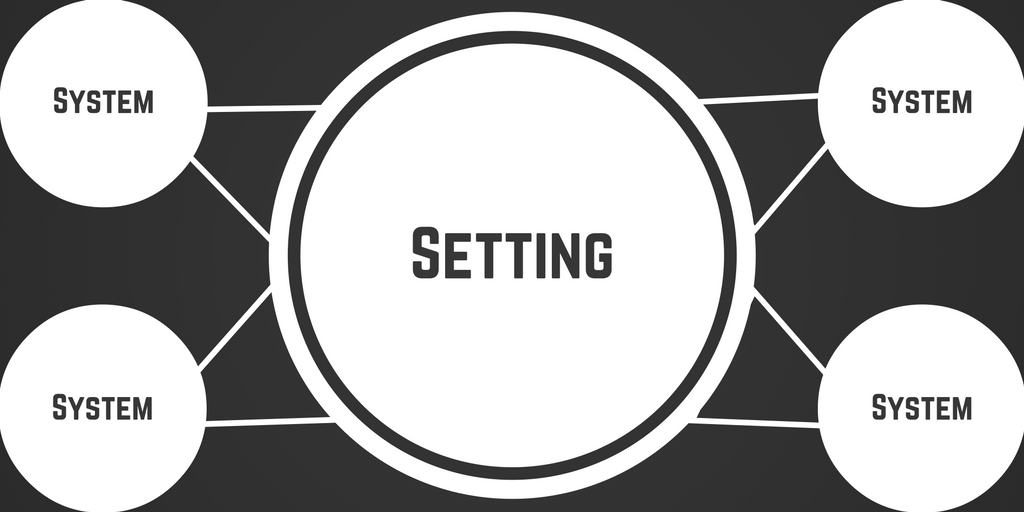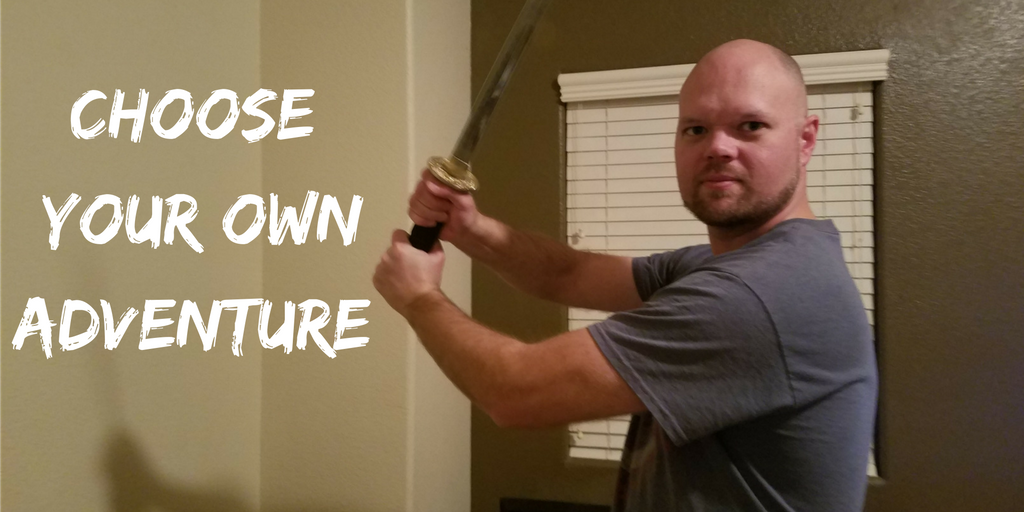It has long been the goal of the artist, regardless of the chosen form, to make a full-time living as an artist. Authors want to write; painters want to paint; musicians want to sing…and none of them want to do anything else.
When they begin, artists have a love of their art that rivals the deepest of romances, but as they confront the realities of selling their work –– of needing to impress an audience –– they begin to sacrifice their true artistic sensibilities in favor of what consumers will purchase. This is as terrible for the artist as it is for their art.
While there is something to be said for maintaining ownership of a creation, in case anyone else wants to use it for their work and thus compensate the original creator for their contribution, the original artist should not be concerned with selling that original work to the marketplace –– not if they want to express their true self in the process. It is my belief that self-expression takes a back seat to consumer interest when the goal is remuneration.
So what is an aspiring artist to do?
In older times, an artist would gain the interest of a wealthy patron to fund their work in exchange for the artist doing something of benefit for the patron –– build a cathedral, paint a mural, name a newly discovered moon after the patron’s children, etc. While lucrative for many artists, such relationships were also toxic, as the patron could make demands on the artist and their work.
That said, I still believe that the patron method is the strongest way for an artist to make a living while practicing their art. There is a compromise made between the desires of the artist and their patron, but with the right patron the artist has the freedom to express themselves fully –– some patrons just want to be “patrons of the arts” –– and modern technology provides a vehicle that can find numerous such patrons.
Crowdfunding business models allow for consumers of art and story to fund the projects they believe in and become patrons of artists and storytellers they admire en masse. On the surface, this looks like it establishes another patron-artist relationship, but I maintain that it doesn’t.
In ancient times, if an artist or their work offended their patron enough to sever the relationship, the artist was left without funding. Crowdfunding, however, creates an environment that favors the artist: they have multiple patrons, sometimes numbering in the thousands. If a work or an artist offends a patron, there are others to shore up the loss. Even if a large number of patrons leave, there are always going to be those who still admire the artist, if for no other reason than their courage to truthfully express themselves.
Previously, even if the masses enjoyed the work of an artist, without a rich patron the artist could not produce their works any longer. But with the low cost of becoming a patron of modern artists (sometimes as low as a dollar), the masses can easily support an artist they admire.
I so fervently believe in this concept that I will no longer charge for my creative works. I will open up a vehicle for those who are interested in my work to help me pay my bills so that I can have more time to create, but my work will no longer be for sale, which means it will no longer be controlled by what I perceive others may think –– I’m often wrong about that anyway.
My art is now for the masses to enjoy. I will trust in the ever-improving quality of my work to maintain a minimum number of patrons, or average amount per patron, to support me while I provide the world with the truest stories and shared storytelling experiences that I can.
Regarding my previous work: Because of pre-existing crowdfunding campaigns, and my agreements to backers and collaborators alike, Jadepunk, Shadowcraft, and Age of Anarchy will remain for sale on DriveThruRPG.com.















